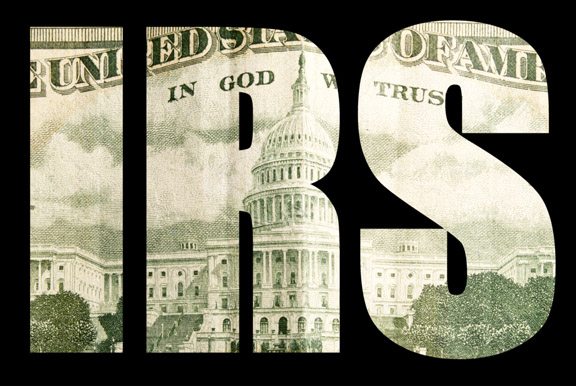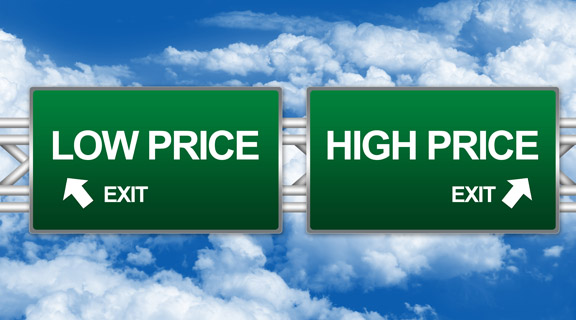Today I want to spend some time on looking at the basics of chart evaluation. Any time we look at a chart, we should focus on identifying several things. Just like the price action on the charts will often times follow a pattern, our evaluation of the charts should follow a pattern also. Of course, you may look at things in addition to what I mention, just make sure you have a pattern for what you look at. In the past, we have talked about daily and weekly routines that we should go through in order to be more efficient in our trading. This same concept is true when we are looking to evaluate a chart. It should be a step-by-step process that we go through every time we look at a chart.
So, with that in mind, there are a few things that I want you to consider when reviewing a chart. The first thing is how to start. My suggestion would be to start with a blank chart, just like a painter would view a canvas before beginning to paint. Looking at the chart with just the price bar or candles will give us a clear picture of what the price action looks like. We can see the longer-term movement, the intermediate movement, as well at the current movement. This price action is the key to everything in trading. Often times we get bogged down with indicators that hide the true intentions of the charts. So the first thing is to get a general idea of where you see the price moving without anything on the chart except the price.
The next thing we should look at is how to identify the overall trend of the price. We can do this several ways, but the simplest way is to look at the patterns that the price is making. Are the highs getting higher or lower? Are the lows getting higher or lower? As you identify this pattern of highs and lows, you will begin to see the trends forming as up or down. Lower lows and lower highs suggest a pattern of trending down, while higher highs and lows will suggest a pattern of trending up. Another way to identify the trend is to place a simple moving average on the chart and look at the direction it is moving. You may use something like a 40 period SMA and if it is moving up, then the trend is up, or if it is moving down, the trend is down. By identifying the trend, we can know the direction we should be trading. It does not tell us when to trade, just the direction.
After the trend, we will want to look for where the support and resistance levels are located. This can be done as horizontal or diagonal lines drawn on the chart. Typically, you will look at the highs and lows of price action and draw lines to show where the price may begin to have a hard time moving. By knowing this, you can know the best places to enter and exit your trades.
By knowing the price action, trend, and support and resistance levels, we can get a clearer picture for the direction price may want to move. After this, we can then look for our setup conditions in order to actually enter the trade as a buy or sell. Take some time to review your process of evaluating charts and make sure you can do it effectively.




